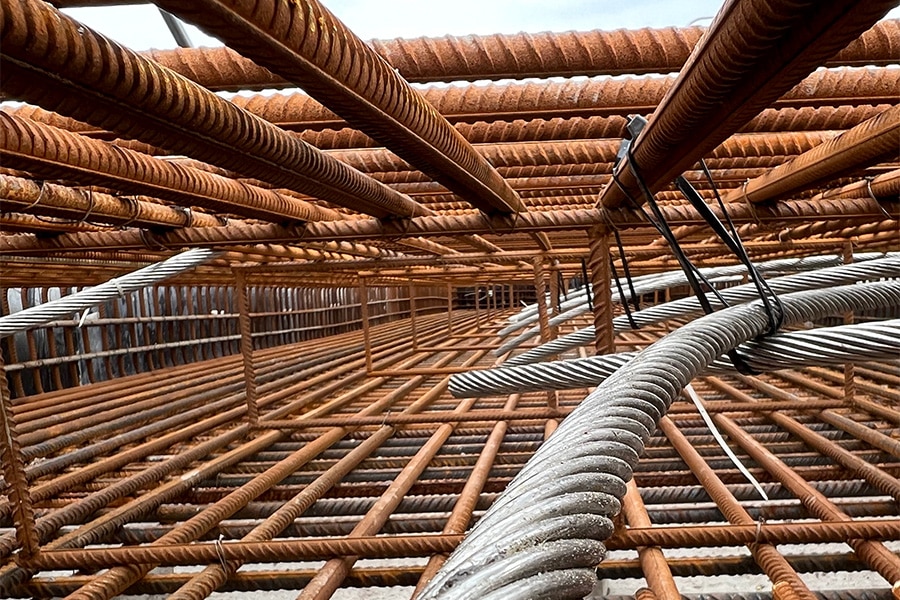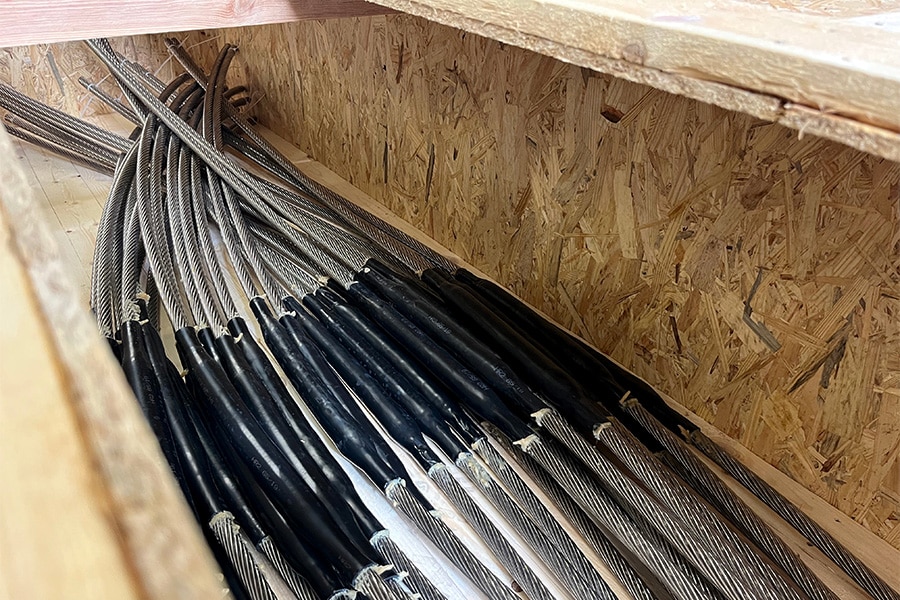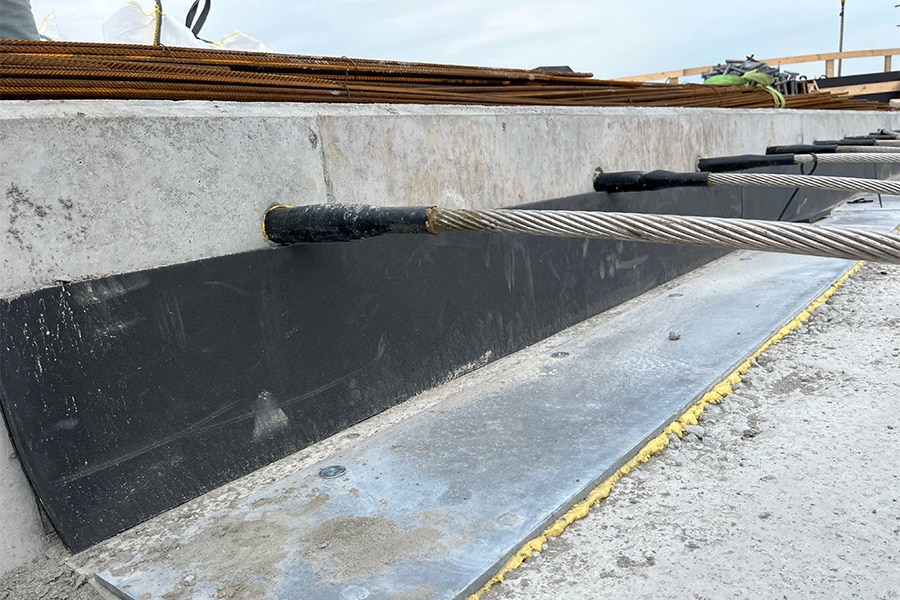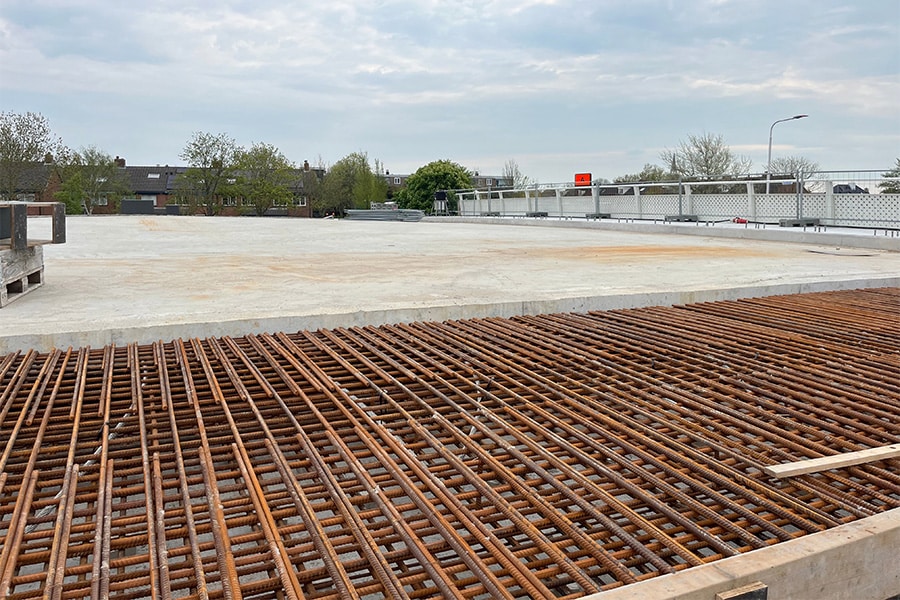
Robust pull cables for jointless transitions
Jointless transitions are a technique increasingly used in the construction of engineering structures such as bridges and viaducts, where the various segments are joined together without joints. The technique involves applying a thin layer of elastic material, such as rubber or plastic, to the ends of the segments, which are then glued or clamped together.

This creates a continuous structure that is more resistant to temperature fluctuations, vibration and deformation. It offers several benefits, including improved durability, reduced maintenance, reduced noise and increased aesthetic value.
The reason for executing the transitions between the abutment and the buttress floors without joints is to prevent cracks where the buttress plates or floors connect to the abutment. Constructively connecting the abutment to the deck creates an integral structure without joint transitions and supports. This results in lower maintenance costs and reduced noise.

Bottlenecks
However, the disadvantage of this type of construction is that the deformations and displacements of the structure must be absorbed by both the asphalt and the earth course behind the structure. The riser plate is connected to the deck by a structural connection (a stainless steel cable), which allows some degree of movement of the riser plate without creating large buckling forces. These movements must be absorbed by a flexible system of modified asphalt with layers that distribute strain. The strain-diffusing properties of this asphalt system prevent cracking in the top layer of the asphalt.
With a jointless transition, there is minimal space between the abutment and the deck. The dilation between the deck and abutment keeps the concrete from cracking and the cables, in turn, keep the deck and abutment from alternating/sinking, keeping everything in place.
Stainless steel steel cables are used to connect the various segments. These cables connect the riser plates, which are in front and behind the structure (concrete structure), to the rest of the concrete structure. This prevents the riser plates from shifting during subsidence.

Specifications
As a specialized wholesaler of stainless steel cables, among other things, Carl Stahl makes it easier for road builders by supplying these stainless steel cables as ready-made products. This is done entirely in accordance with the technical specifications as prescribed by the Department of Public Works.
Carl Stahl specializes in plastic rope, stainless steel cables and cable nets. Whether custom-made, in rolls, in series or single. "We place great value on providing added value for our customers," says Jennifer Swagers. "All of our materials are delivered in bulk and often in rolls. Specifically for the seamless transitions, we produce custom-made stainless steel tie rods 3.50 meters long in our workshop. According to the Department of Public Works regulations, the cable has a diameter of 22 mm and consists of 1×19 wires twisted around each other. This makes for a fairly sturdy "construction" that does not bend easily. Then, over a length of 600 mm in the middle of the cable, we apply a Denso tape in a protective plastic shrink sleeve, intended to absorb stresses caused by rotation in the deck. All these preparations result in a complete and immediately usable product for the road builder."
As mentioned, the cables are 22 mm in diameter and consist of 1×19 wires, making them reasonably stiff. 6×36 cables are also sometimes requested, but they are less rigid.



